Understanding Tooth Discoloration
Do you truly understand the intricacies of teeth whitening? Is it a safe endeavor? As we age, coupled with our dietary habits, the enamel that protects our dentin inevitably becomes damaged and thins. As this occurs, the dentin is left vulnerable, and its naturally pale yellow hue begins to darken and deepen.
The Causes of Yellowing Teeth
So, what exactly causes our teeth to yellow?
- External Pigment Accumulation:
Daily consumption exposes our teeth to a multitude of pigments. Beverages like coffee, cola, and strong tea, along with culinary staples such as soy sauce, jams, and dairy products like ice cream, contribute to this. Moreover, habits like chewing betel nuts, smoking, or neglecting oral hygiene by skipping regular brushing and professional cleanings lead to plaque buildup. This can exacerbate discoloration if the pigment deposits are not promptly removed. - Natural Dentin Color:
The dentin itself is inherently a soft, creamy yellow. With aging and dietary choices, the enamel layer protecting it wears down, exposing more of the yellow dentin beneath. This phenomenon is particularly apparent because of the enamel’s translucent nature; thus, as the dentin darkens, it becomes increasingly visible.
This is precisely why our teeth appear whiter in childhood. With undamaged enamel, the natural luster of healthier dentin shines through.
- Fluorosis:
In particularly rare cases, chronic exposure to high fluoride levels during tooth development can result in a condition known as dental fluorosis, which manifests as white spots or brown stains. However, there is no need to fear fluoride indiscriminately.First, in most cities across our nation, fluoride levels in drinking water remain safe. Second, discussions about harm without considering dosage are misleading. Common fluoride-containing toothpaste and professional fluoride treatments for children present no danger.
By understanding the science behind tooth discoloration, we can better address the issue.
What is Teeth Whitening?
Teeth whitening encompasses all methods that can restore the color of teeth. While it may not qualify as a conventional surgery, procedures such as porcelain veneers, dental bonding, and light-activated whitening require the expertise of a trained professional.
Regardless of the method employed, the underlying principle remains tethered to the reasons teeth become yellowed.
Essentially, treatments aim to either repair the enamel or utilize abrasives to eliminate surface pigment build-up. An example of this would be whitening toothpaste, which serves as a typical representative.
However, more effective methods involve professionals applying specific concentrations of chemical oxidizers as bleaching agents. This enables a chemical reaction with the teeth, resulting in a whitening effect. Alternatively, dental materials can be bonded to the tooth surface to mask its original color.
I refer to this process as “giving your teeth a bath,” or perhaps more aptly, “dental aesthetics.”
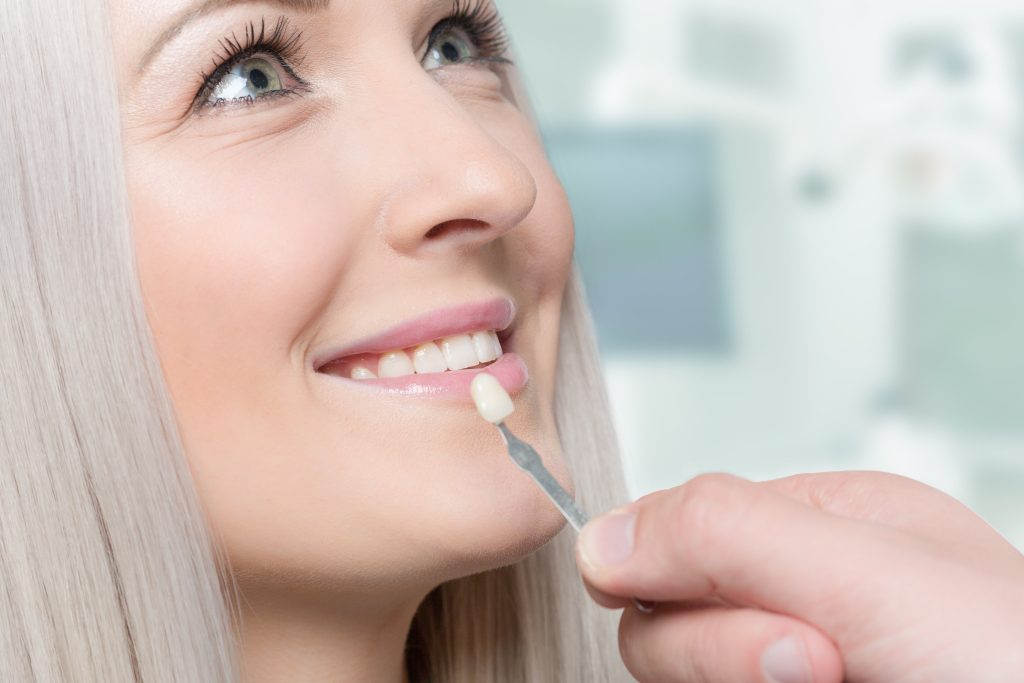
Safety of Chemical Agents in Teeth Whitening
You may be wondering: Is it safe to use chemical agents for whitening?
Research indicates that teeth whitening does not significantly alter the structural integrity or hardness of enamel. In other words, there is no irreversible impact on the hardness of the teeth.
Nonetheless, caution is warranted:
- Sensitivity: Whitening agents may cause sensitivity, which typically subsides within 24 to 48 hours. The duration of sensitivity relief can vary based on personal tolerance levels.
- Professional Supervision: It is imperative that higher-concentration whitening agents be administered by a professional to avoid complications.
- Self-Application: If you opt for lower-concentration agents, be mindful. If you experience intolerance or swelling of the soft tissues, discontinue use immediately. Avoid whitening if there are open wounds in your mouth.











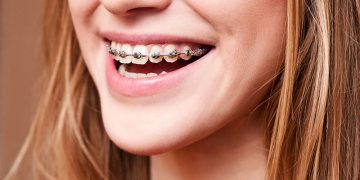
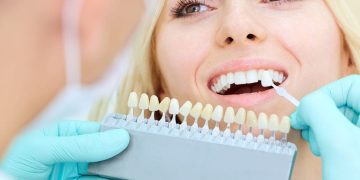


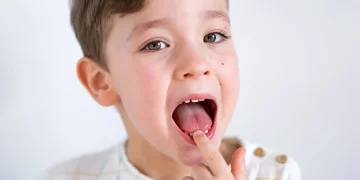
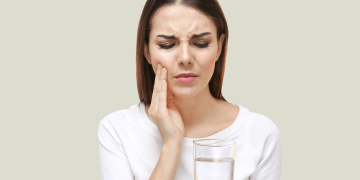
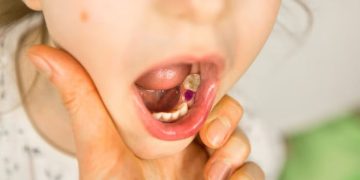
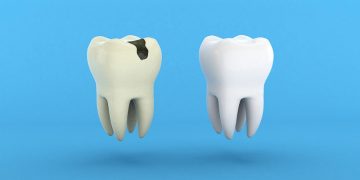
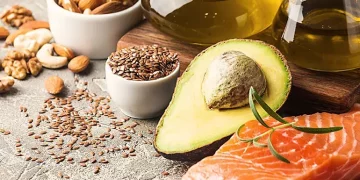
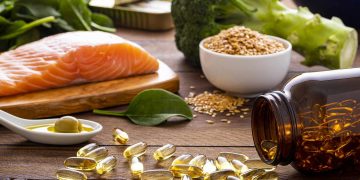


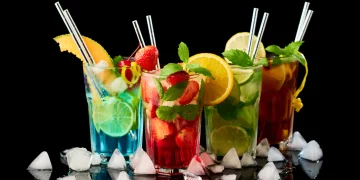

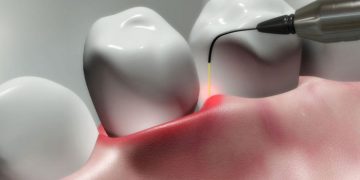


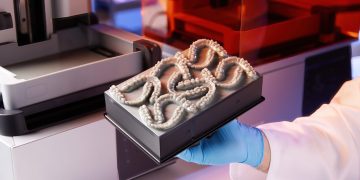

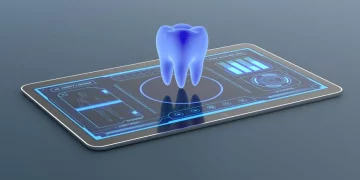
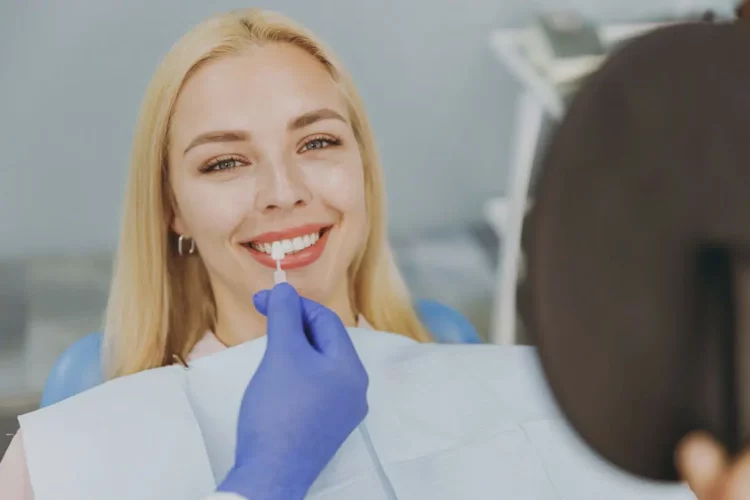













Discussion about this post